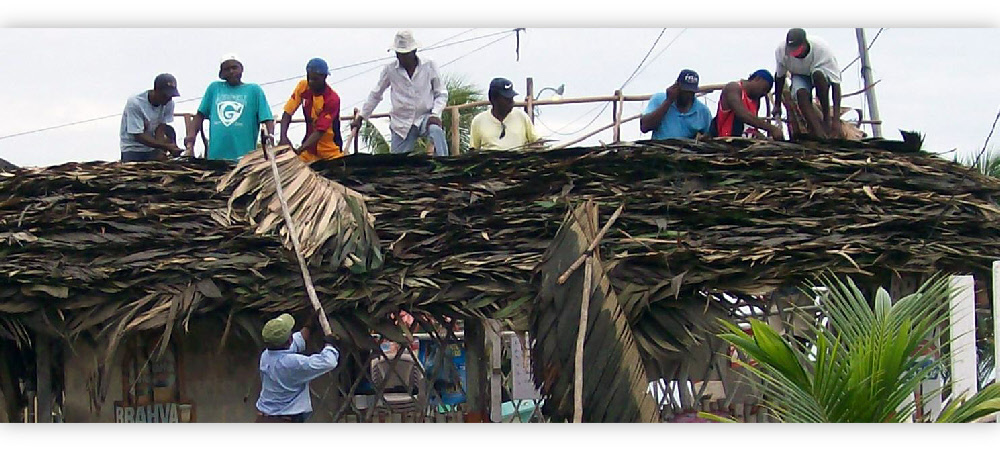


Replacing the manaka

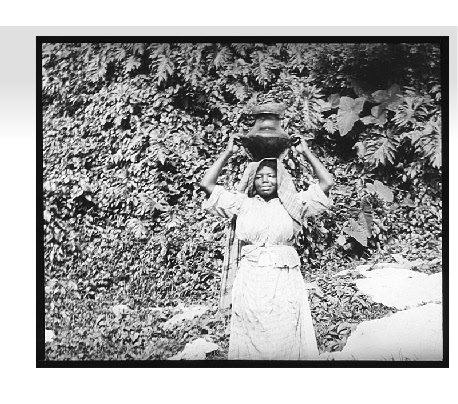
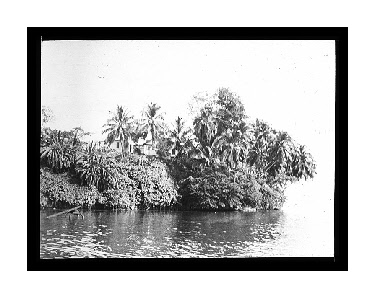
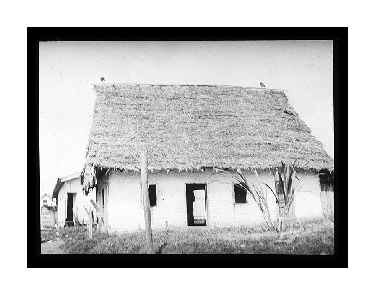

The above citation is the most widely recognized account of Garífuna ethnogenesis, understood as unquestionable fact by virtually all Garífuna individuals. This is the creation narrative that dominates resources of Garífuna history on the internet. The first time this story is put into print is by British major John Scott in 1667; he reports to the British crown that St. Vincent was comprised of “…all Indians and some negroes from the loss of two Spanish ships in 1635”. Over one hundred years later in 1795, William Young, then governor of St. Vincent, also published information about a shipwreck, but he claims that the wreck happened in 1675. No eye-witness accounts of these events are known to exist.
The purpose of this page is not to refute the shipwreck legend, but rather to present the prevailing views of Garífuna ethnogenesis. Four versions of Garífuna history are presented below for your review.
Introduction
Garífuna History
(4) Africans, either as escapees or stolen from
European settlements, arrive in St. Vincent at different times
Without a doubt, recorded history is clear that Black Africans were introduced into the so-called New World as early as the 1500s as a result of European-induced slavery. Whereas almost all of the Caribbean islands were claimed as European territories, Dominica and St. Vincent had entered into a peace treaty in 1660 that gave the Indigenous the right to live on the island – provided they stopped stealing African slaves and other goods from European settlements. By this time the Spanish fleets had discarded most of these territories as “islas inútiles” and they set off for Mexico, Central America and South America in search of gold. This left the French, English and Dutch to fight for control over the Caribbean islands. Despite the treaty, little by little, Africans ended up on St. Vincent by two routes, either by appropriation at the hands of the Indians, or by escape from other islands, especially Barbados. It seems that at first escaped Africans lived in the mountains of these islands, and would come down for sexual relations with women or to steal food. This is based on linguistic evidence; the native peoples of this time had a word for ‘nappy’ or ‘kinky’ hair (kilili-abali itibouri); this word was a harsh insult used against those who had this type of hair, according to Raymond Breton. Breton not only composed a French-Carib dictionary, but he also took copious ethnographic notes. Luisa Navarette, a free Black woman on Puerto Rico, was captured by the Indians of Dominica where she stayed for four years until her escape. She recounted how the Indians had made slaves not only of the Africans, but of other Indians and captured Europeans as well. In 1658 Charles Cesar Rochefort, in his book about the Lesser Antilles, described seeing Africans as slaves of the Indians. As the African population increased, group mixing is to be expected, but just because a baby has African and indigenous blood does not make him or her Garífuna. The Garífuna ethnic group emerges as a result of complete cultural and linguistic assimilation of the indigenous group on St. Vincent. The Africans and native peoples of St. Vincent were not two separate groups, but one culturally unified group only distinguished by their phenotype.
In time, the Garínagu gained power and prestige over the native peoples and were a threat to the British, who wanted to take over St. Vincent. The French, although they had gone about seeking control of St. Vincent by befriending the Garínagu, tried to support them in their struggle. William Young complained feverishly that the Garínagu were living on the best lands and not even using all of it and besides – as Africans they had no right to the land. After a bloody war, and an epidemic of disease that reduced much of the Garífuna population, they were forcibly removed from the St. Vincent and eventually settled in Central America.
In either 1635 or 1675, a slaving ship bound for the new World sank close to the coast of St. Vincent Island in the Caribbean. The native Indians marveled at the size and musculature of the black-skinned men bound in chains, prompting them to kill the European crew and welcome the Africans into their society. These Africans willingly learned the language and customs of the native St. Vincentians and were gifted with Indian daughters to marry. From this union, a new ethnic group emerged called the Black Carib, or Garífuna.
(1) The Garínagu are an ethnic group that
emerged as a result of a 17th century shipwreck
Some sources cite a Spanish ship; some sources cite a Dutch ship. One must consider the motives behind the authors of these accounts, namely the British (and the French) who wanted complete administrative control of St. Vincent. The purpose of these shipwreck reports (both written by Englishmen) was to prove to the British crown that since the Black island dwellers were not indigenous, they had no right to be on the island and consequently the British had every right to remove them. To make the account convincing, William Young even went as far as citing the specific area and tribe from which the Africans came on the barge that wrecked, but it is a historic fact that Africans on a single slaving ship were gathered from different tribes and different areas speaking different languages, as to prevent passengers from talking and planning a mutiny. After these reports were published, subsequent chroniclers simply copied this information over and over again, until the event became well-known. However, in time the “shipwreck story” faded from memory, and if you asked a Garífuna in the early 1800s where his ancestors came from, he did not know. In the 20th century, Robert Anderson, “discovered” these old accounts of the shipwreck and published them in his history book (1938), making this story well-known once again. Some important considerations about the shipwreck legend: (1) the area around St. Vincent was not a normal slaving route, so a slave ship would not have been in that area, (2) Clive Frank, another St. Vincentian author, wrote in 1976 that the ship was called “Palmira”. The Palmira was indeed a slaving ship, but it did not sail during the 1600s around St. Vincent, it sailed during the 1800s with a landing in Cuba. By this time, the Garífuna were already in Central America, (3) there were careful records kept of all ships – those that sailed successfully and those that crashed. Dozens of slaving ships wrecked in the Caribbean between 1630 and 1680, but none of these ships crashed closed to St. Vincent.
(2) Africans arrived in the Caribbean centuries
before the Europeans, creating the first Garínagu
Building on the work of Leo Wiener (1920) and Alexander Van Wuthenau (1969), Ivan Van Sertima (1970) contends that sea-faring African royalty were the first foreigners to make contact with the indigenous of the so-called New World. Van Sertima presents evidence from eleven different disciplines (including historical documents, botany, linguistics, anthropology, sculpture, etc) to argue that Africans were well-known traders throughout the oceans. Edgar Adams, a very well-known Garífuna historian, has supported this theory in his books, suggesting that these early Africans and native peoples produced the very first Garínagu. Although some scholars would say that each of Van Sertima’s views have been thoroughly discredited, the possibility of Africans in the Caribbean before the Europeans does exist if you rely on what he asserts is “irrefutable evidence.” His arguments are quite convincing, exceptionally meticulous and are taken seriously in the academic community even by those who do not agree with him.
(3) The Garínagu came from Atlantis
I have to admit that I have not given this theory too much attention, but each account of Garífuna history is presented here for your examination. If you would like to read more about this theory, please follow this link. (This link is currently broken; if it is not repaired within the next few months then this option will be removed from this web page.)
Taylor, Douglas. (1977) The Black Carib of British Honduras
Anderson, Robert M. The Saint Vincent Handbook. Kingstown, St. Vincent
Gullick, C. J. M. R. Myths of a Minority : The Changing Traditions of the Vincentian Caribs. Studies of Developing Countries, 30. Assen [Netherlands]: Van Gorcum, 1985.
Frank, Clive A. History of the Begos; the Grenadines from Columbus to Today. Christ Church, Barbados: Consultants Sales and Marketing, 1976.
Wiener, Leo. Africa and the Discovery of America. Philadelphia, Pa.: Innes & Sons, 1920
Von Wuthenau, Alexander. The Art of Terracotta Pottery: In Pre-Columbian Central and South America. New York: Crown Publishers, 1969. Print.
Van Sertima, Ivan. They Came before Columbus: The African Presence in Early America. New York: Random House, 1976.
Adams, Edgar. People on the Move: The Effects of Some Important Historical Events on the People of St. Vincent and the Grenadines. Kingstown, St. Vincent and the Grenadines: R&M Adams Book Centre, National Treasures: Identifying the National Heritage and Cultural Traditions of St. Vincent and the Grenadines. St. Vincent and Grenadines: Edgar Adams, 2004; St. Vincent in the History of the Carib Nation, 1625-1797. St. Vincent and
Breton, Raymond, and Jules Platzmann. Dictionaire Français-Caraibe. Leipzig, 1900.
Hulme, Peter, and Neil L. Whitehead, eds. Wild Majesty: Encounters with Caribs from Columbus to the Present Day. Oxford: Clarendon Press, 1992.
Rochefort, Charles-César. Histoire Naturelle Et Morale Des Iles Antilles De L'amerique, Enrichie De Plusieurs Belles Figures Des Raretez Les Plus Considerables Qui Y Sont D'ecrites, Avec Vn Vocabulaire Caraïbe. A Roterdam: Chez Arnould Leers, 1658
Photos courtesy of the University of Wisconsin Media Library
Sources and references
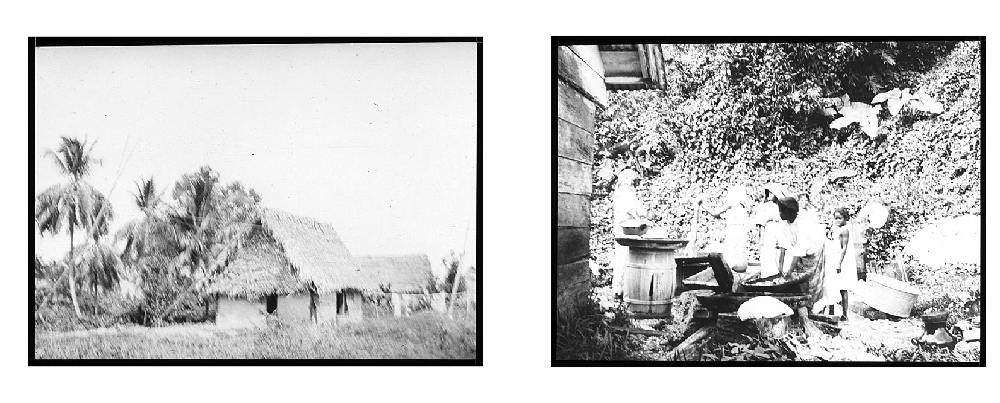
Español


